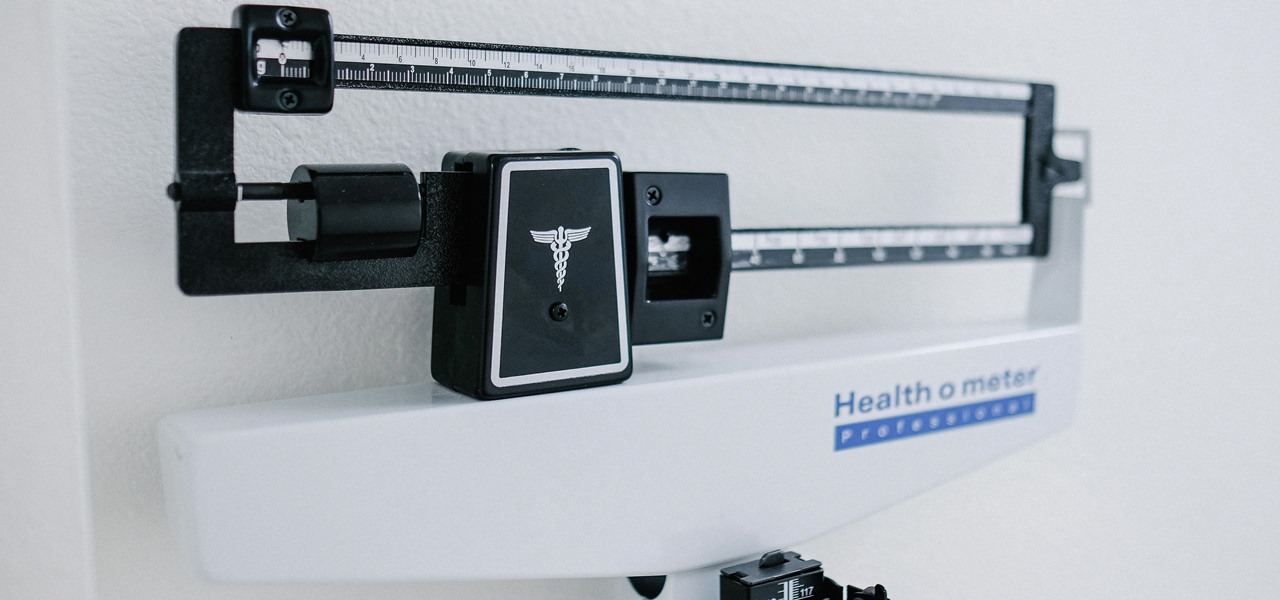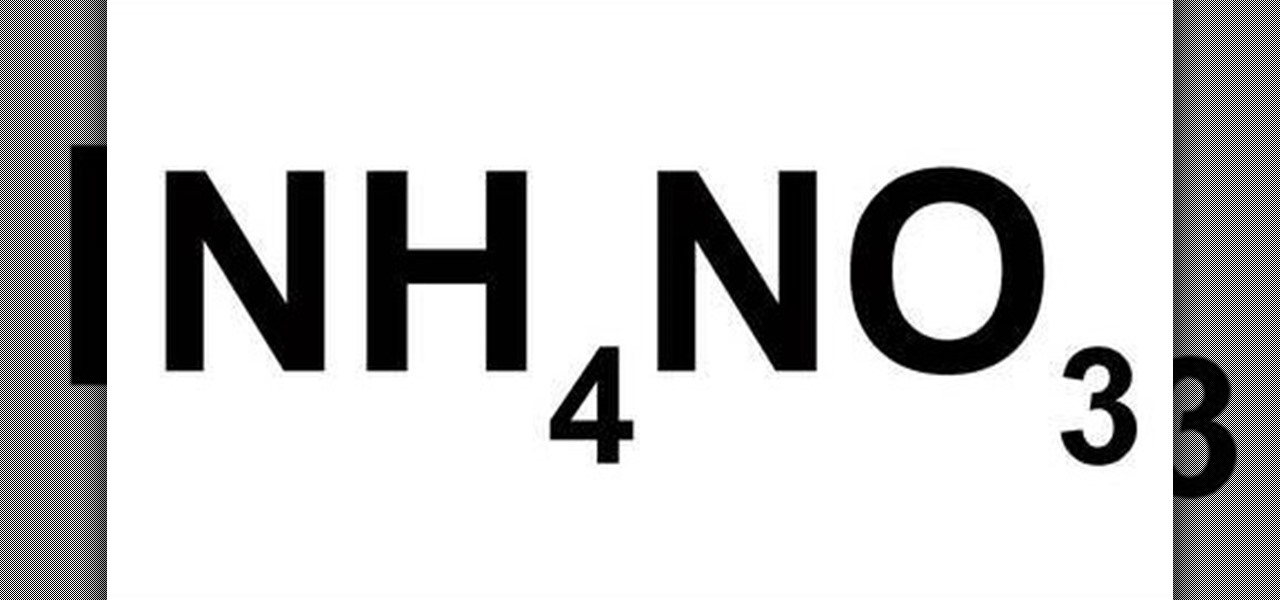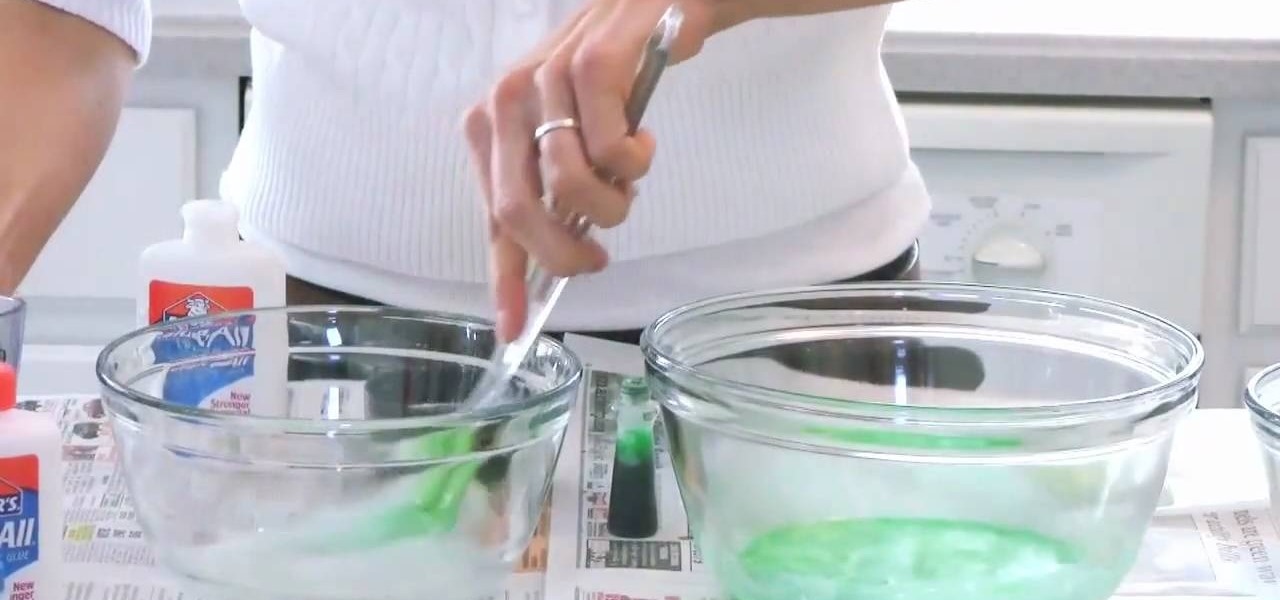Science Experiments How-Tos

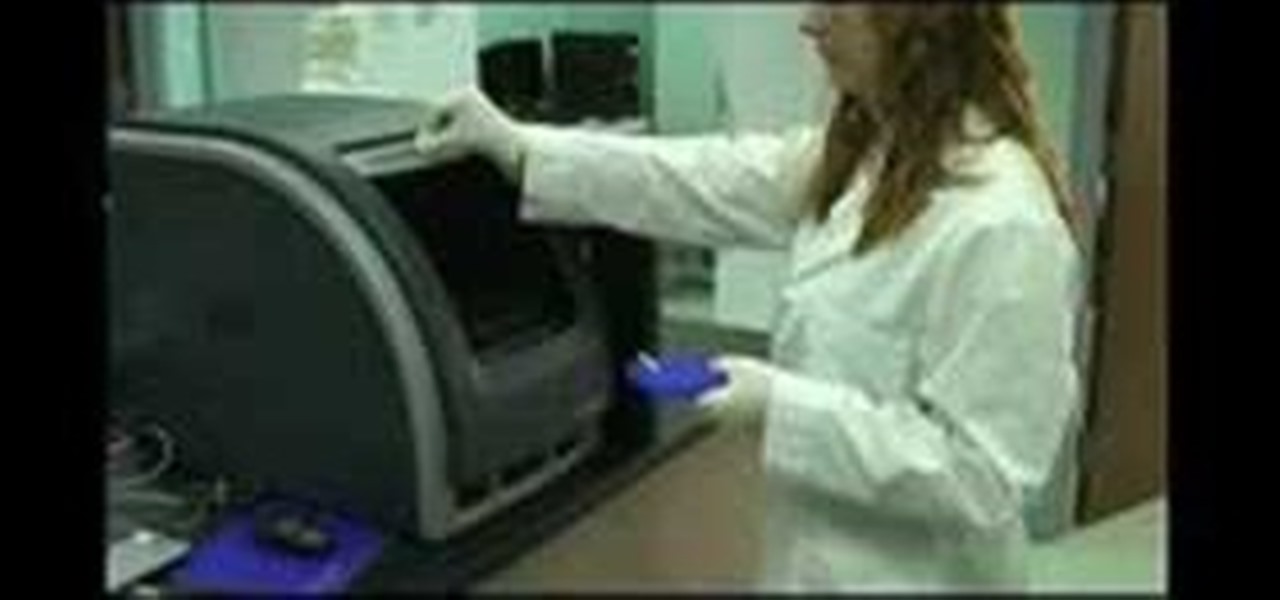
How To: Perform a forensic DNA test
In this scientific video tutorial, undergraduate students in a forensic chemistry lab demonstrate a forensic DNA test to catch a criminal. Learn how to perform a forensic DNA test! Just like in CSI.
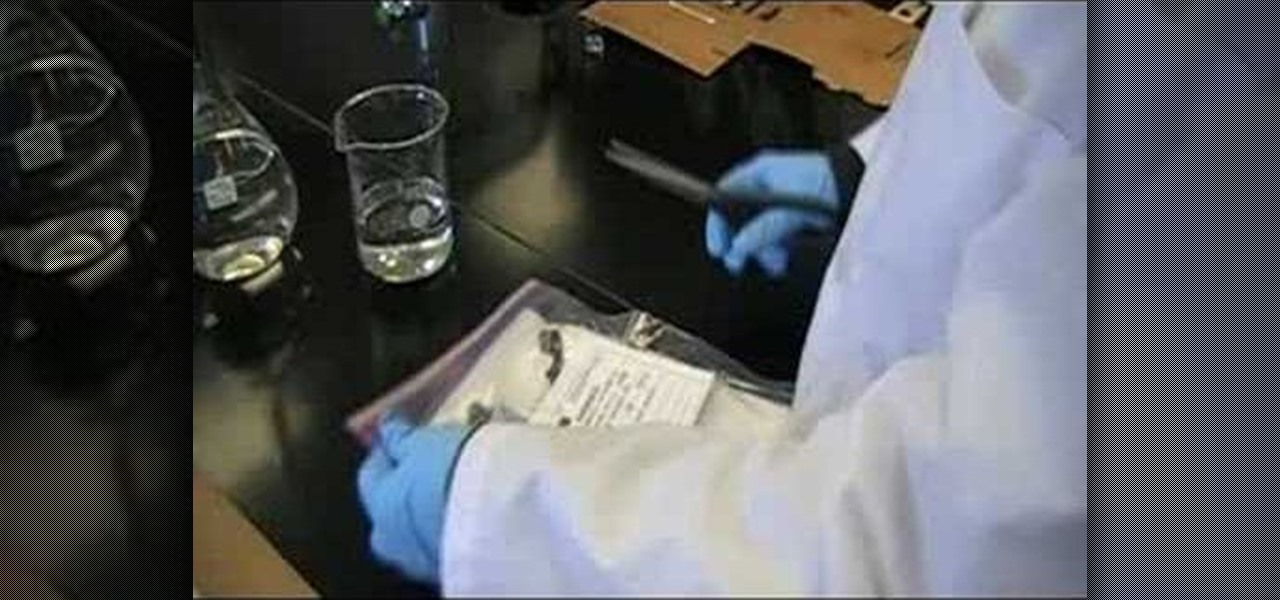
How To: Perform gun shot residue analysis (GSR)
In this scientific video tutorial, undergraduate students in a forensic chemistry lab demonstrate how to perform gunshot residue analysis (GSR). Learn how to perform gun shot residue analysis (GSR)! Just like in CSI.

How To: Perform ballistics comparisons
In this scientific video tutorial, undergraduate students in a forensic chemistry lab demonstrate how to use a comparison microscope for bullet and bullet casing comparisons, and color developments tests for impression marking enhancement (such as for filed-off serial numbers). Learn how to perform ballistics comparisons! Just like in CSI.
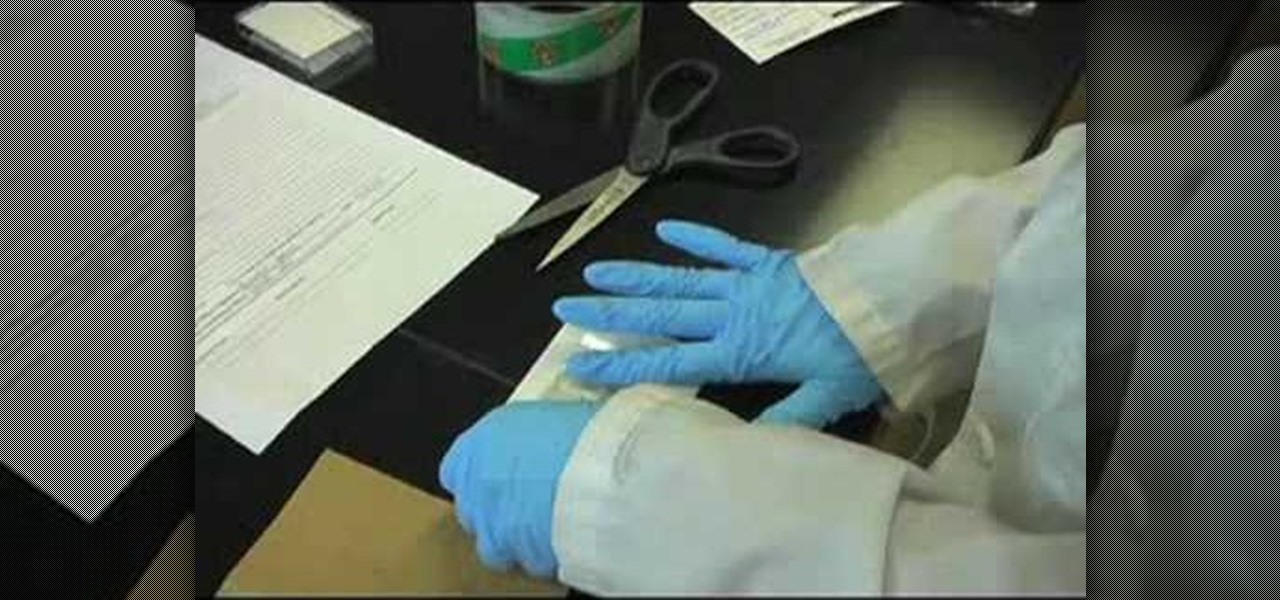
How To: Dust and fume for fingerprints
In this scientific video tutorial, undergraduate students in a forensic chemistry lab demonstrate how to develop fingerprints using a variety of methods: Cyanoacrylate (superglue) fuming, dusting, and iodine fuming. Learn how to dust for fingerprints, just like on CSI.

How To: Make a HHO hydrogen generator
Welcome to Green Power Science! In this video tutorial, you'll learn how to make a HHO hydrogen generator. This is a very simple hydrogen generator. Watch the end, for there are some cool ignitions. These is a great way to get cheap alternative power sources.
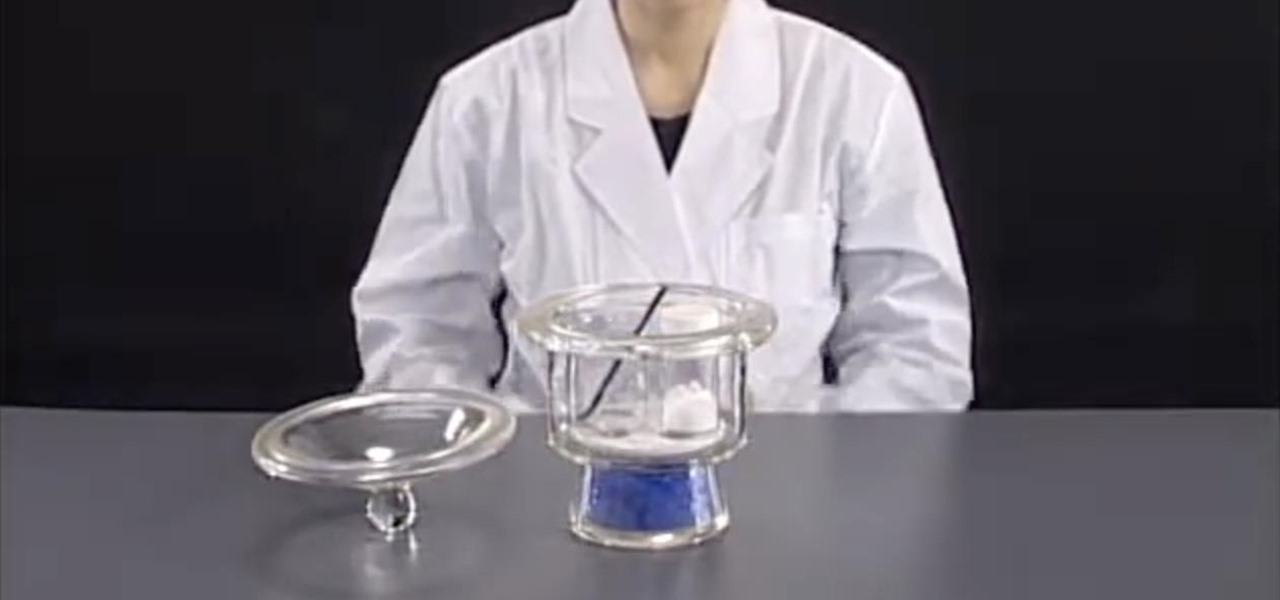
How To: Use a Desiccator in the Chemistry Lab
For your chemistry experiments, you'll eventually need to know how to use a desiccator. Well, this science tutorial, interactive animation will show you how to use a desiccator in the chemistry lab.

How To: Use a Three-Way Stopcock in the Chemistry Lab
For your chemistry experiments, you'll eventually need to know how to use a stopcock. Well, this science tutorial, interactive animation will show you how to use a three-way stopcock in the chemistry lab.
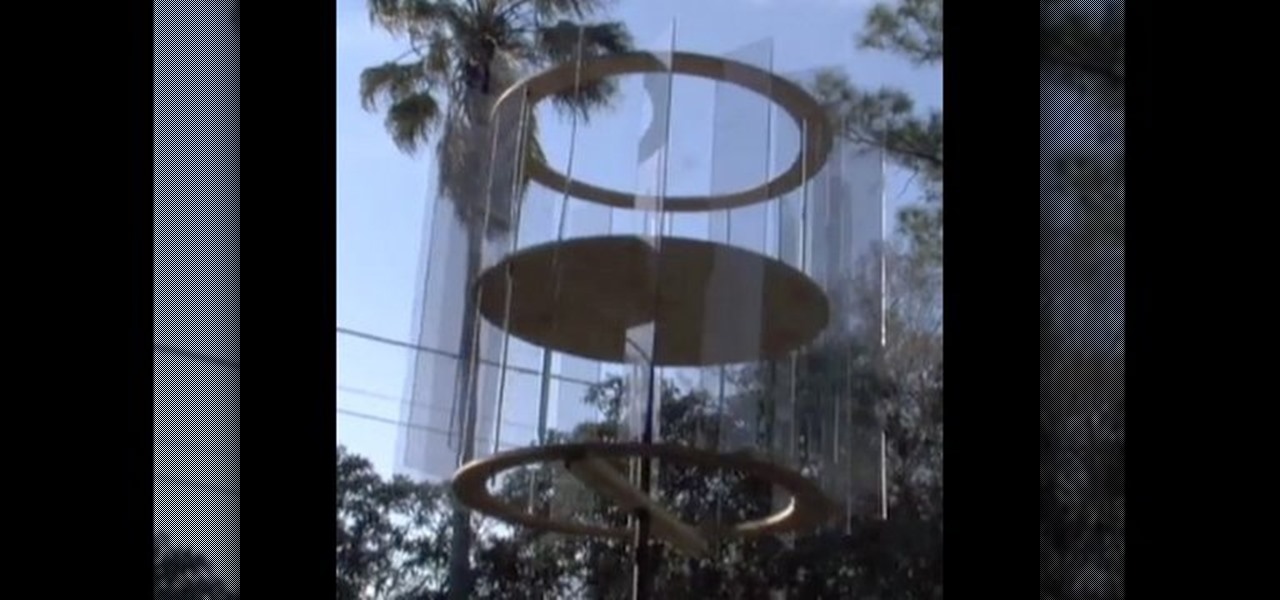
How To: Build a vertical axis wind turbine
The economy is down, so what's one way you can save money? Build a vertical axis wind turbine! This eco-friendly four-part video tutorial will show you just how to make one so you can save money. These are detailed steps for making the vertical axis wind turbine. The blades can be easily interchanged offering different shapes and materials to experiment with. This design can create turbines up to 90 inches in diameter and up to 15 feet tall.
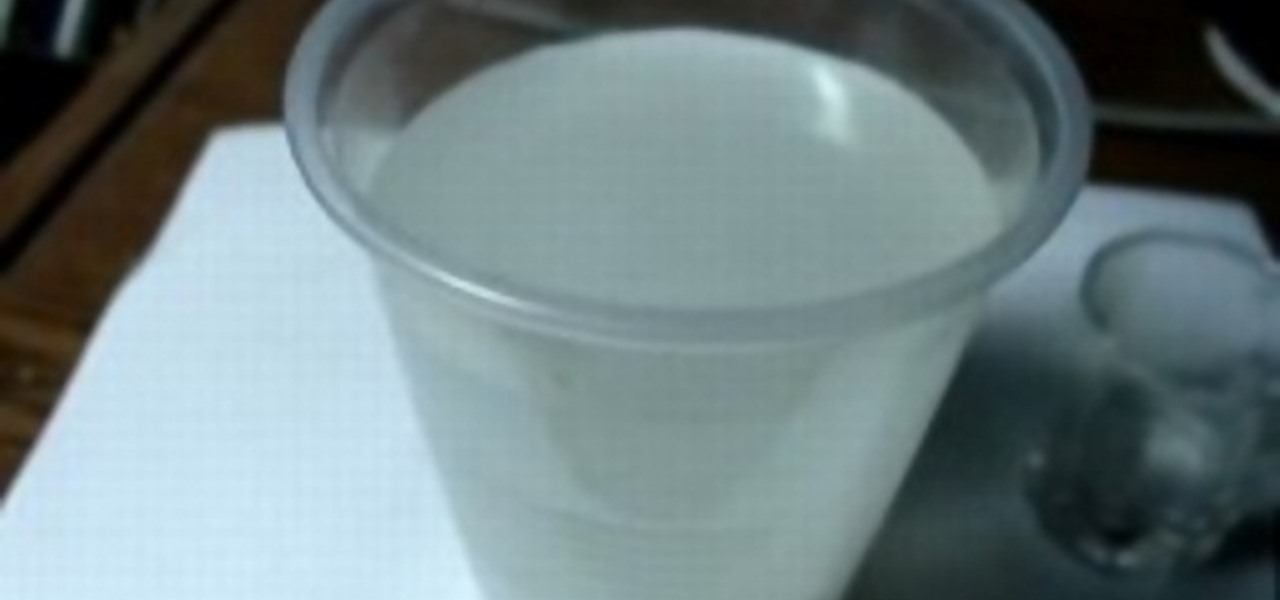
How To: Dissolve a penny with a power adapter
Ever wonder what happens to a penny when an electrical charge is applied to it? Well, you'll find out in this science lesson that shows you how to dissolve a penny with a power adapter.

How To: Make burning soap bubbles
Learn how to make bubbles burn in this science video tutorial. You will see exactly how to make burning bubbles, with aerosol spray deodorant, a bowl of water, and liquid soap. It's a pretty simple experiment -- you just pour some dish soap in the water, stir it, then spray the deodorant can while submerged in water. The final step is lighting the burning bubbles on fire. Yeah!
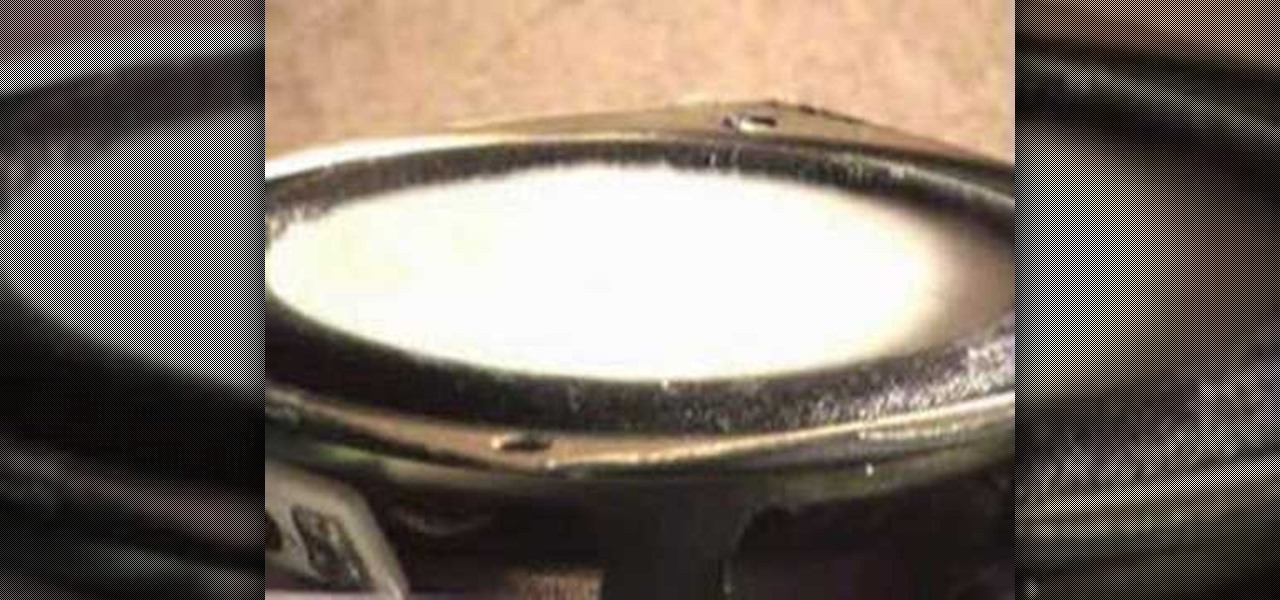
How To: Make freaky cornstarch monsters dance on speakers
How to make a cornstarch monster in your own home. This non Newtonian fluid will dance on a speaker, creating wild little monsters. The goopy liquid should then be dumped into the speaker head. The wave form you need is a pure Sin wave at 120 hertz.
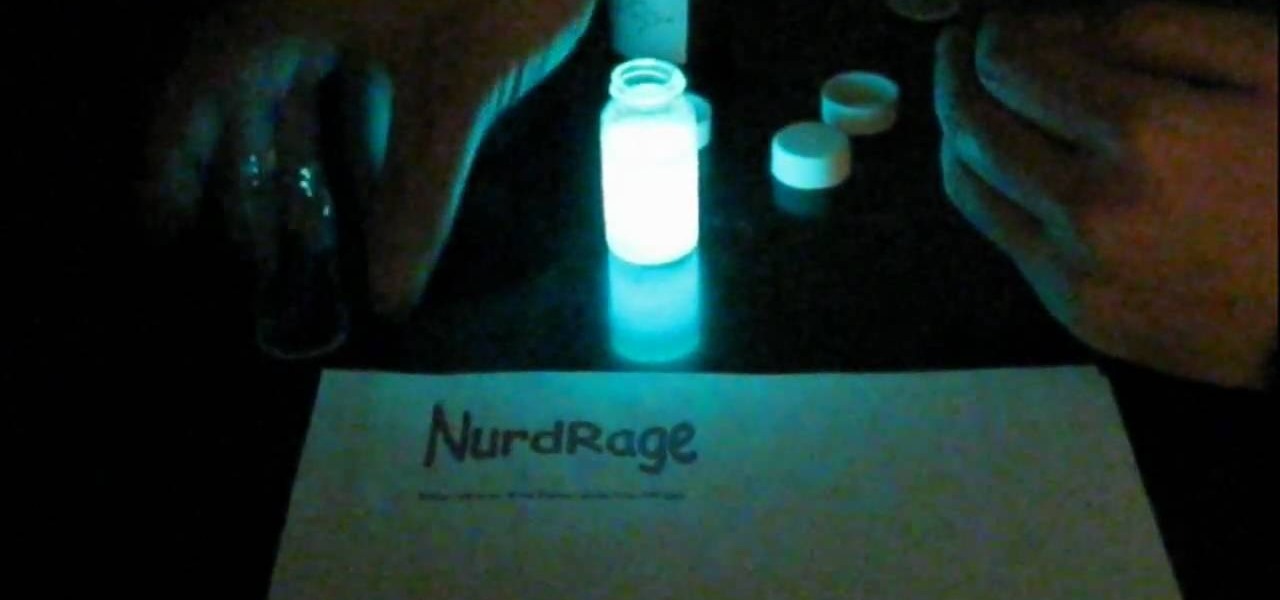
How To: Make a glow stick reaction with real chemicals
Watch this science video tutorial from Nurd Rage on how to make a glow stick reaction with real chemicals.
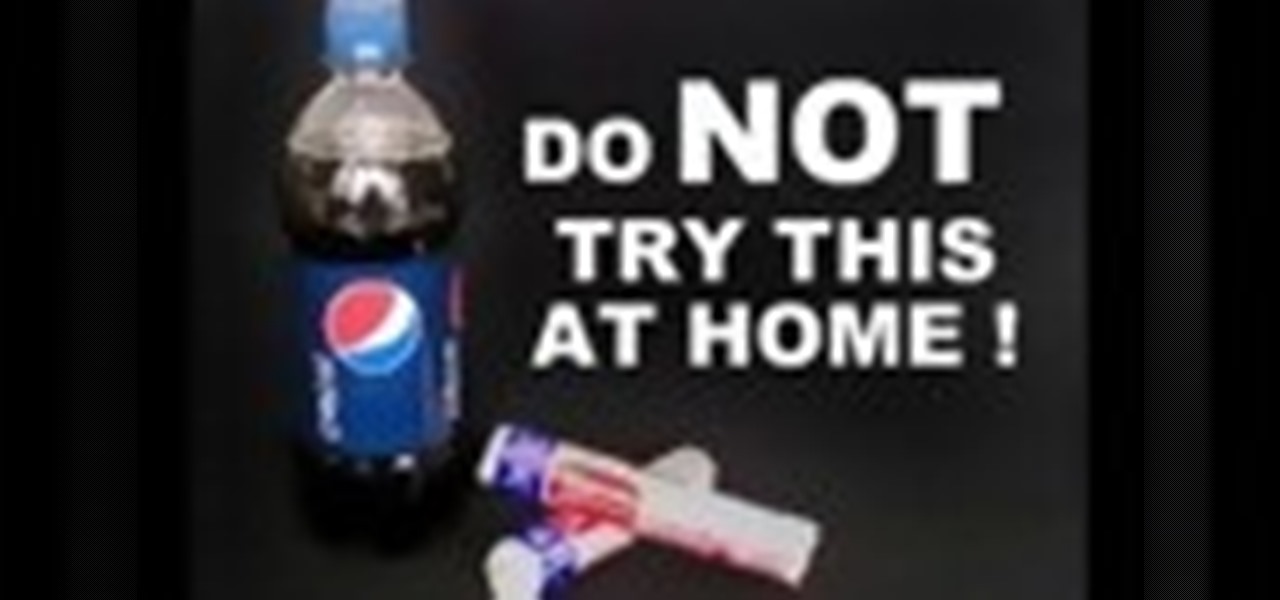
How To: Make Pepsi Necco wafer fireballs
Move over Diet Coke & Mentos! In this demonstration you'll find out what happens when you combine Pepsi, Necco Wafers, and a lighter. Don't try this at home! The reaction is pretty cool
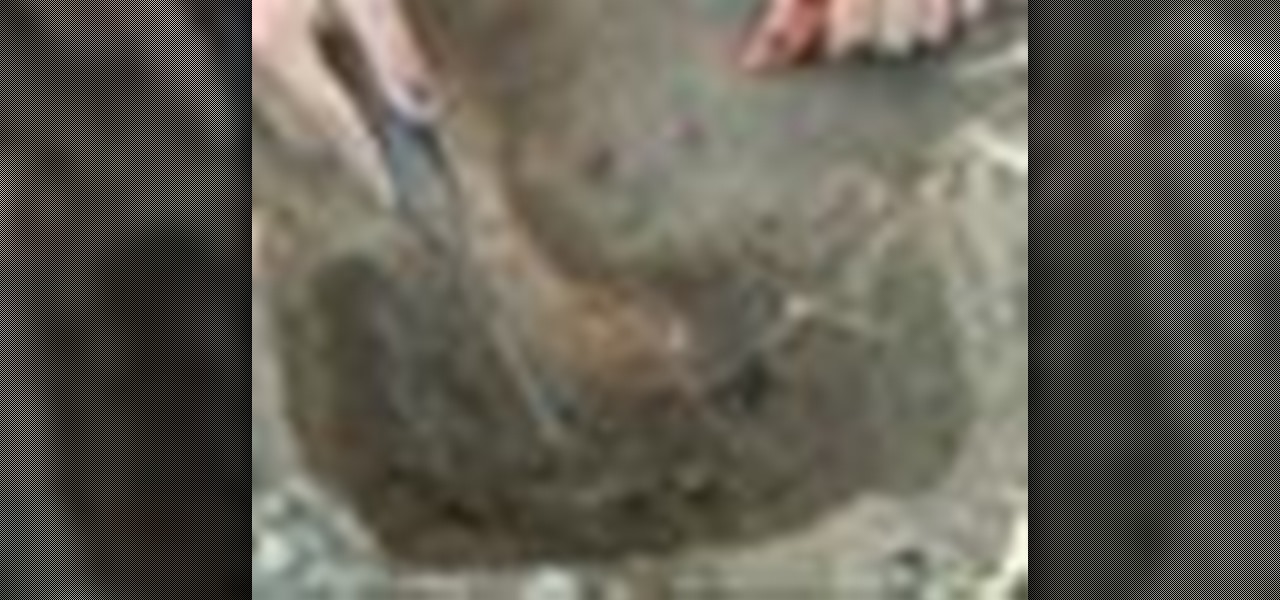
How To: Find dinosaur fossils
Where do you go? How do you know how to look for fossils? How about dinosaur fossils? That's a very good question, and the Museum of the Rockies has the answer, along with Mark B. Goodwin, Ph.D., Assistant Director of the Museum of Paleontology at the University of California, Berkeley.

How To: Make a storm inside a test tube
This science experiment will show you how to make a storm inside a test tube. This video tutorial will demonstrate the process of making the miniature thunderstorm inside a test tube with just a few common chemicals. All you need for your very own thunder storm is a glass test tube with holder, sulfuric acid, ethyl alcohol (ethanol), potassium permanganate, glass dropper, measuring spoon, and please wear safety goggles. Sparks and pops occur completely random, just like in a real thunderstorm!

How To: Make money burn green
This science experiment will show you how to make money burn green. This video tutorial will demonstrate the process of making the buck flame green, without damaging the bill. All you need to get that green flame from your green dollar bill is some Heet (methanol), a glass beaker, boric acid, and a measuring spoon. The combination of these chemicals emits a green flame. This is a new twist on the famous "non-burning dollar bill" trick.

How To: Turn a penny into gold with common chemicals
This science experiment will show you how to turn a penny into gold with common chemicals. This video tutorial will demonstrate turning the copper penny into a silver penny and into a gold cent. All you need to make gold pennies is sodium hydroxide (also known as lye), zinc powder, a small glass beaker with some distilled water in it, a clean copper penny, a couple of measuring spoons, and a glass stirring rod.
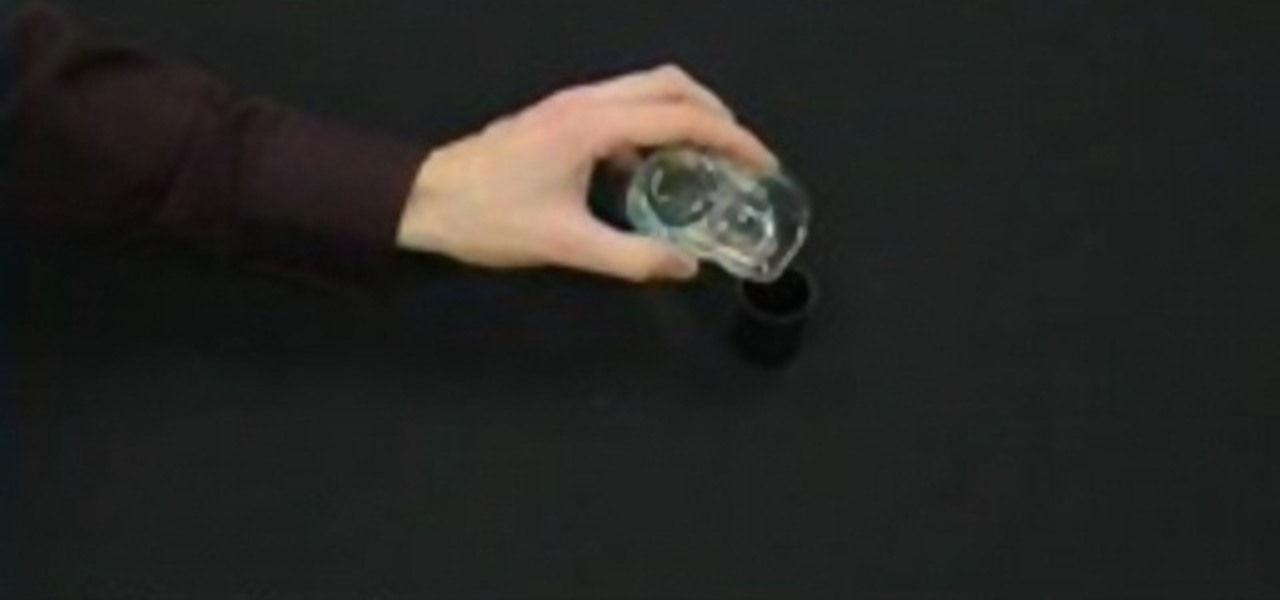
How To: Make a simple rocket with film canisters
Try out this science experiment... watch this video tutorial to learn how to make a simple rocket with film canisters. This is purely educational, and demonstrates the reaction of an Alka-Seltzer tablet, toilet paper, and water. If you don't have Alka-Seltzer, you can substitute it with baking soda, then substitute the water with vinegar.

How To: Experiment with a Van de Graaff generator
Try out this science experiment... watch this video tutorial to learn how to experiment with a Van de Graaff generator. This is purely educational, and demonstrates different techniques in using the Van de Graaff generator.
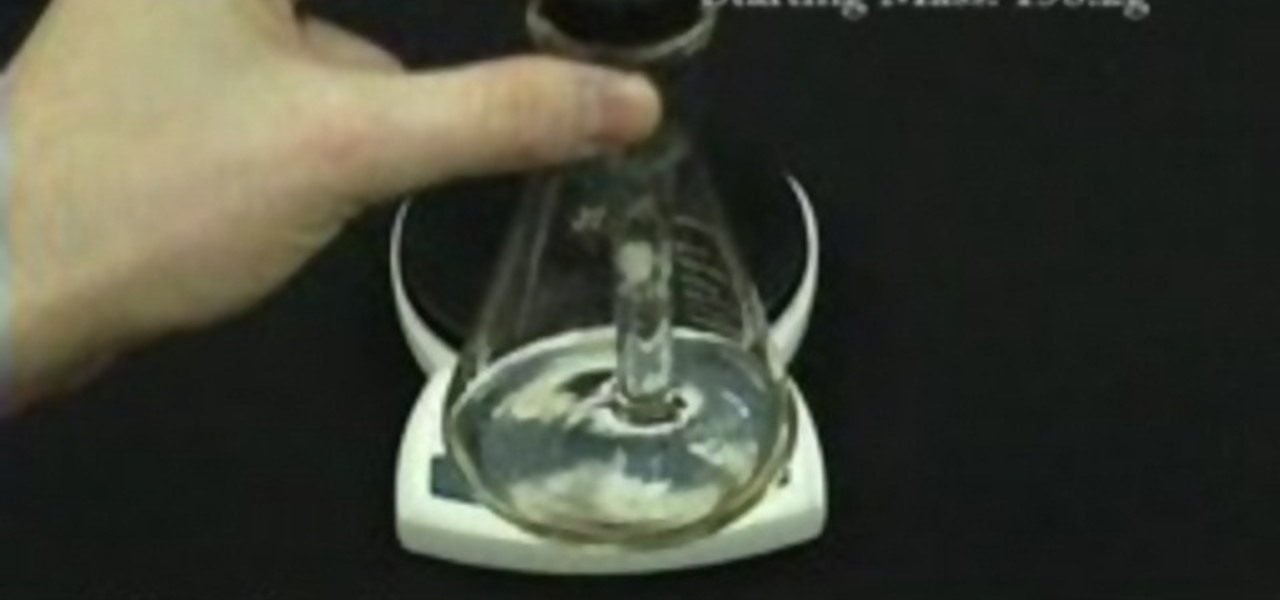
How To: Illustrate the scientific idea of conservation of mass
Try out this science experiment... watch this video tutorial to learn how to illustrate the scientific concept of conservation of mass. This is purely educational, and not as exciting as some other demonstrations, but this does clearly illustrate the concept of conservation of mass.
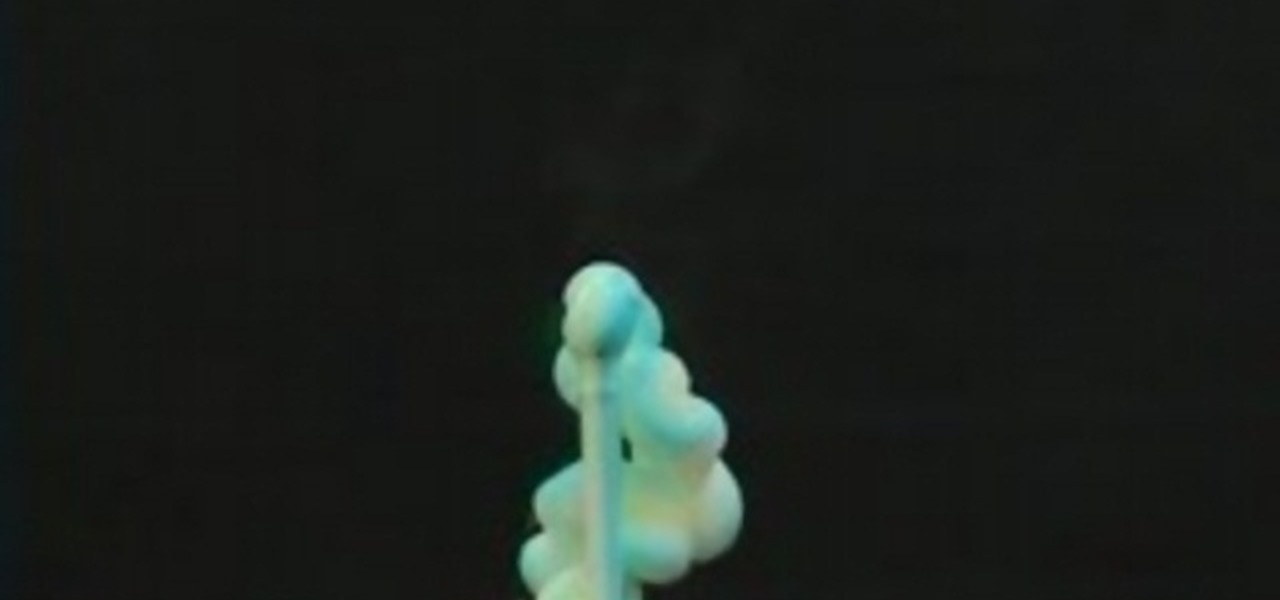
How To: Make a foamy elephant toothpaste chemical reaction
Try out this science experiment... a classy chemical demonstration. Watch this video tutorial to learn how to make a foamy elephant toothpaste chemical reaction. There's a reason why they call this elephants toothpaste.

How To: Create an Explosion with Liquid Nitrogen and a Bottle
Try out this science experiment... demonstrate pressure and volume. Watch this video tutorial to learn how to create an explosion with liquid nitrogen and a plastic bottle. See the demonstration of the exploding reaction of the pressure build up in the bottle.
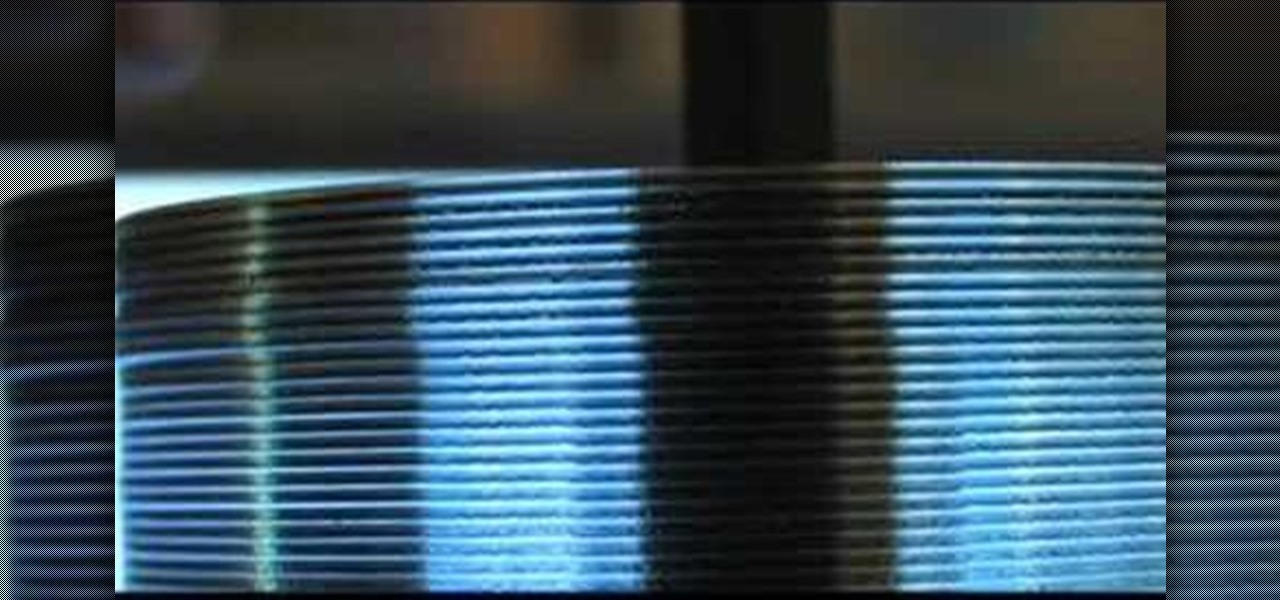
How To: Make a Tesla turbine out of a CD
Make a Tesla turbine blade out of CDs. This i a super cool, high tech science project from Green Power Science. Turn your junk CDs into something very interesting.
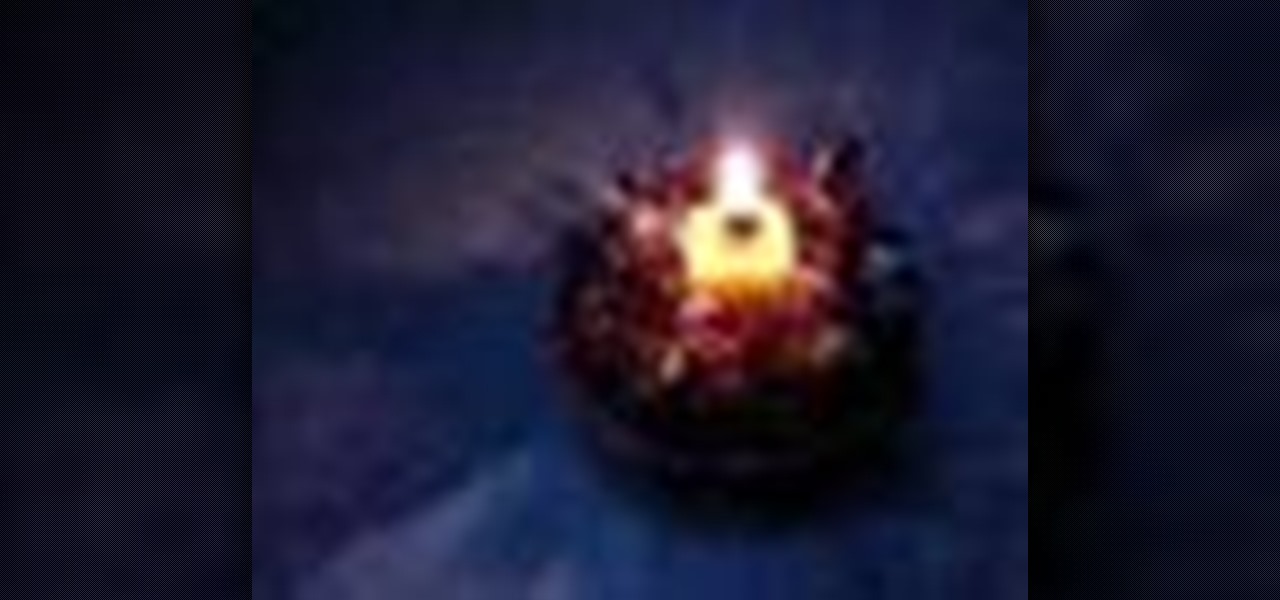
How To: Make a candle with a peanut and potato
Look, what candle can be made of a peanut and a potato. Make a flaming candle with a peanut and a potato. This is a neat survivalists' trick.

How To: Make a cheap lava lamp
Make your own lava lamp using common household materials. You will need: 1 liter plastic bottle
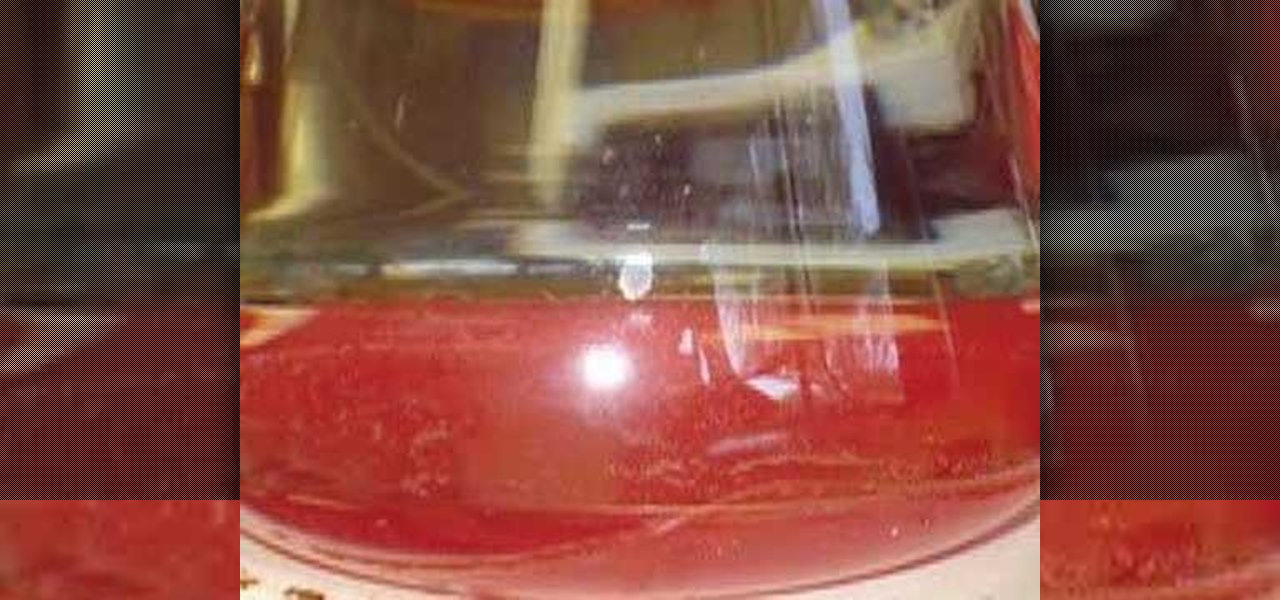
How To: Build a real lava lamp
This is how to make a near professional grade lava lamp. We did this as a chemistry project. We perfected it in a week. This took many hours to do, as we had to get the density just right. We remade it three times, also. At the very end, we combined all of the wax into a huge flask. And then it blew up.
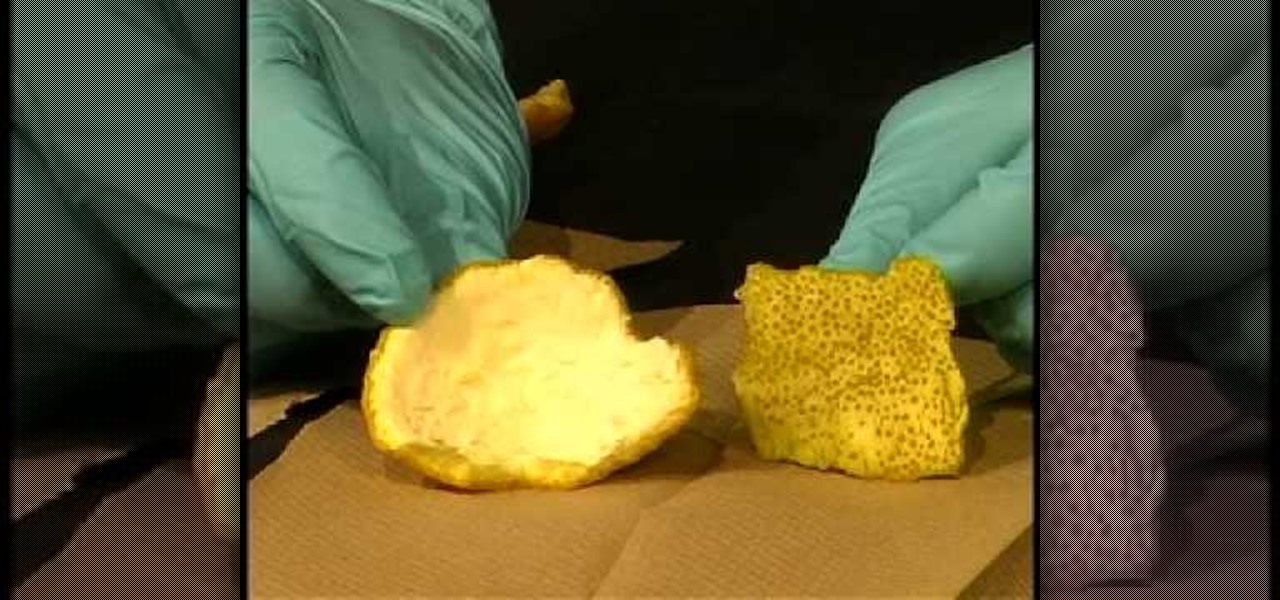
How To: Isolate limonene using extraction in organic chemistry
A demonstration of limonene extraction from orange peels used in Organic Chemistry labs. This demonstration is conducted by Dr. Scott Allen, Assistant Professor, Chemistry/Physics, University of Tampa.
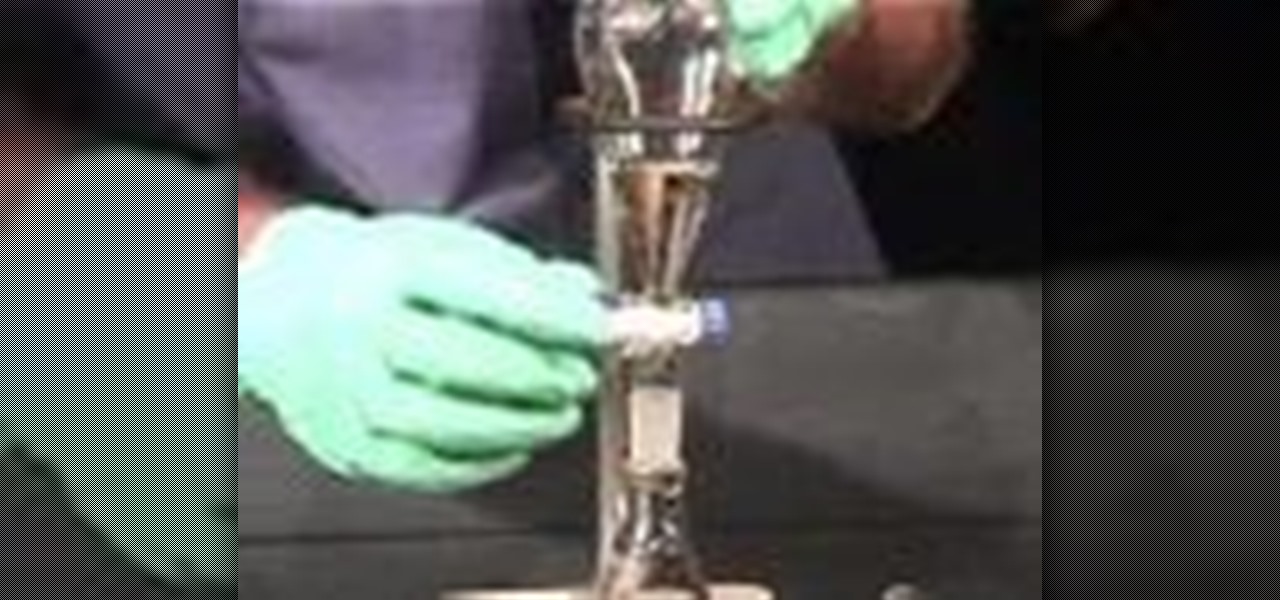
How To: Perform extractions in organic chemistry
A demonstration of the technique of extraction used in Organic Chemistry labs. Separate solubles like two liquids or two solids using this technique of extraction. These demonstrations are conducted by Dr. Scott Allen, Assistant Professor, Chemistry/Physics, University of Tampa.
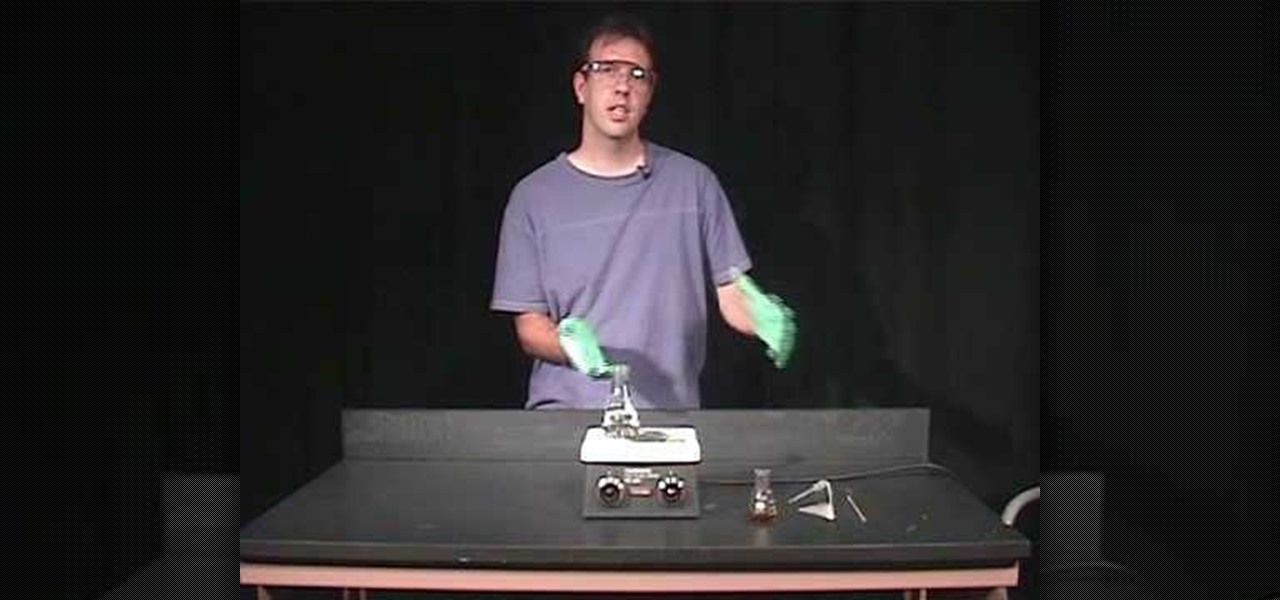
How To: Illustrate recrystallization in organic chemistry
A demonstration of the technique of recrystallization used in Organic Chemistry labs. This organic chemistry demonstrations are conducted by Dr. Scott Allen, Assistant Professor, Chemistry/Physics, University of Tampa.
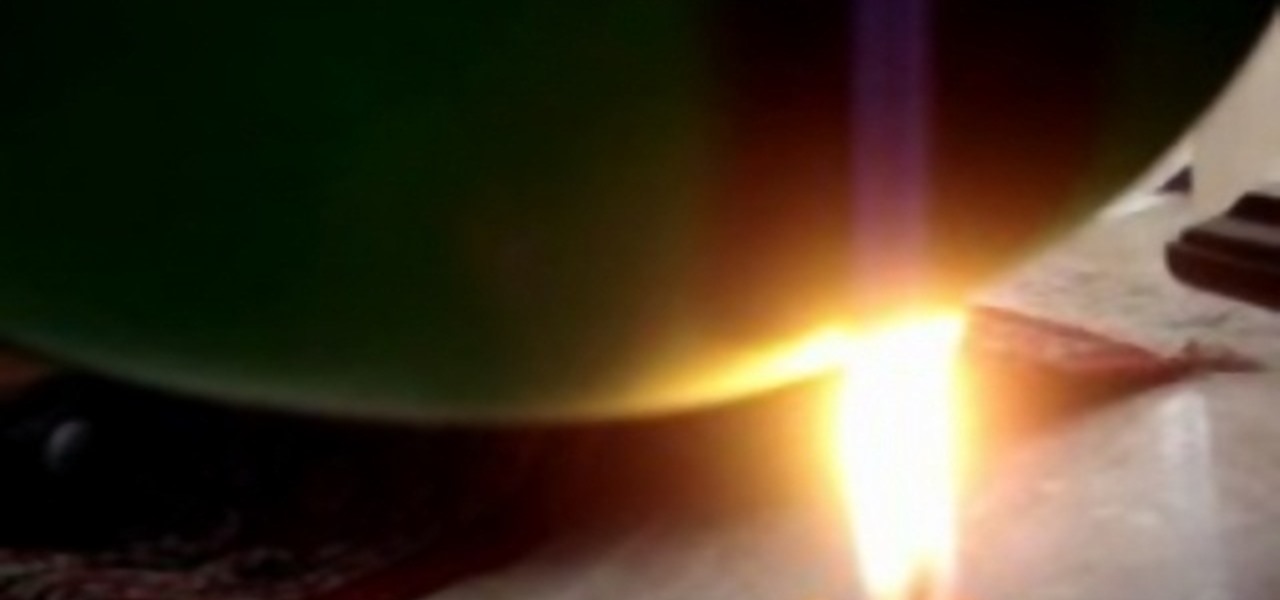
How To: Make a fireproof unpoppable balloon
Make your balloon "un-popable"!!! The trick is to fill the balloon with water so that it will absorb the heat and keep the rubber balloon surface cool. The flame will pop any balloon that is just filled with air. Cool science experiment trick to show off.

How To: Make a wax and Coke explosion
Watch what happens when Coke is mixed with wax. Learn how to do this cool science experiment yourself. Can anyone explain the science behind this??? You will need Coke (diet or regular), a glass test tube, and a candle. Break off a chunk of wax from the candle, put it in the test tube, heat the test tube until the wax is boiling and then quickly add to the coke.
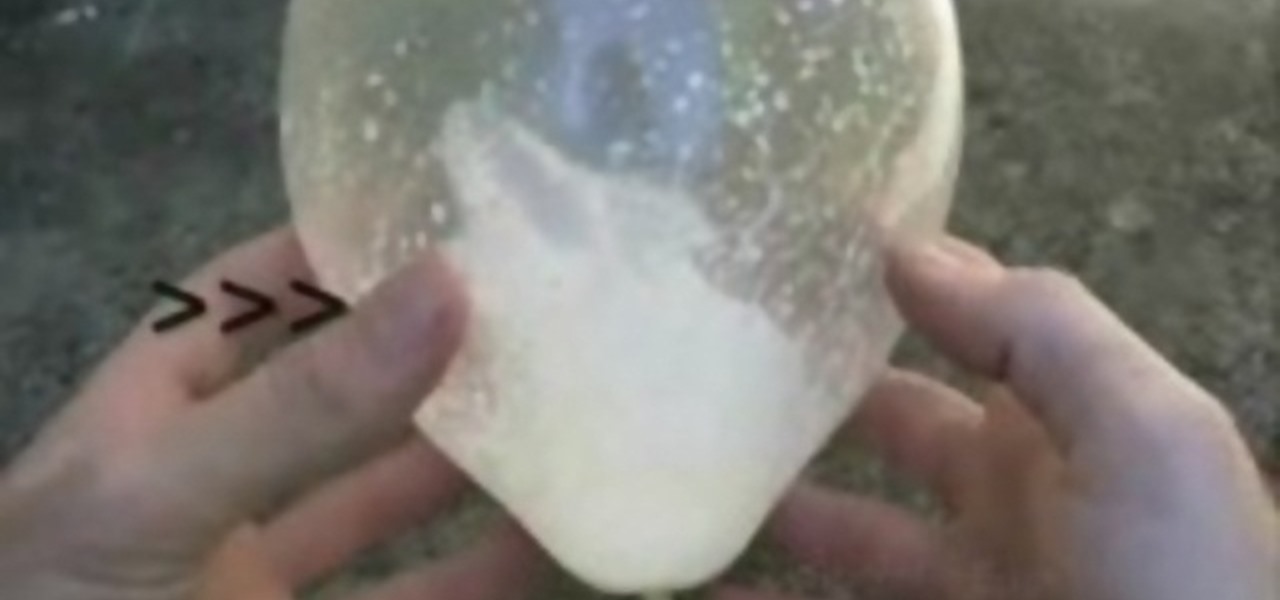
How To: Make instant flying condoms
Learn how to make a self inflating, flying condom! We should you how to make an instant flying condom using a few household items. Fantastic and fun science experiment! You will need one condom, one bag of hydrogen peroxide and dishwasher limescale remover.
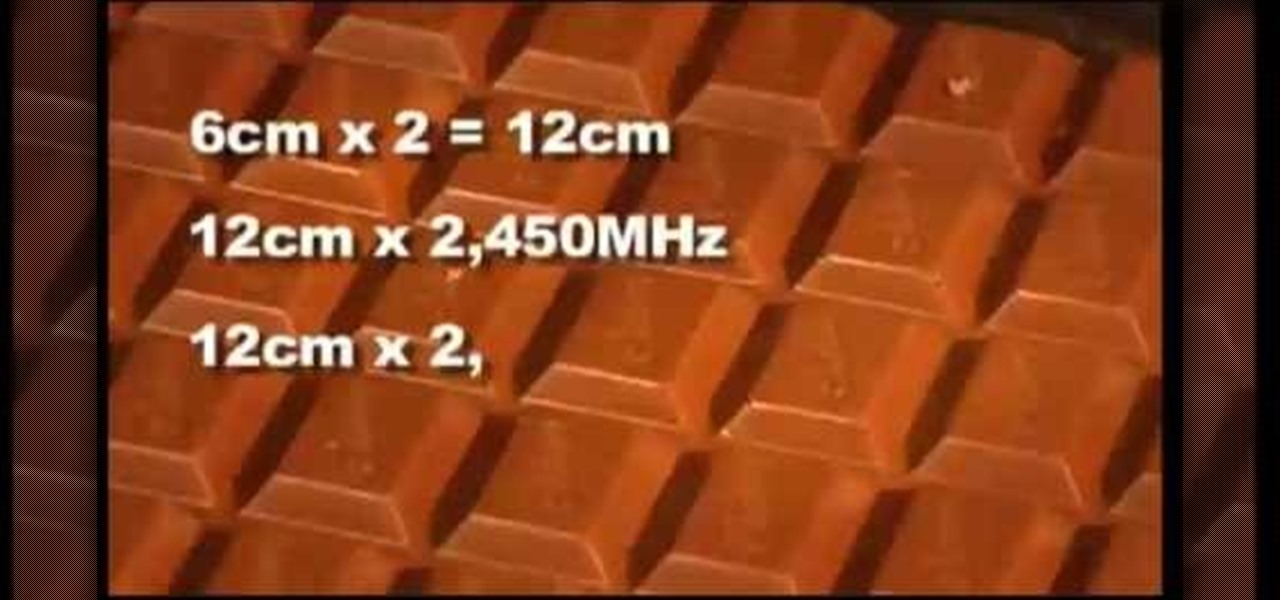
How To: Measure speed of light with cosmic chocolate
Explore the universe in your microwave. Measure the speed of light with chocolate. The wavelength of light creates hot spots in the microwave that you can measure to show the speed of light. Chocolate has never been so useful.
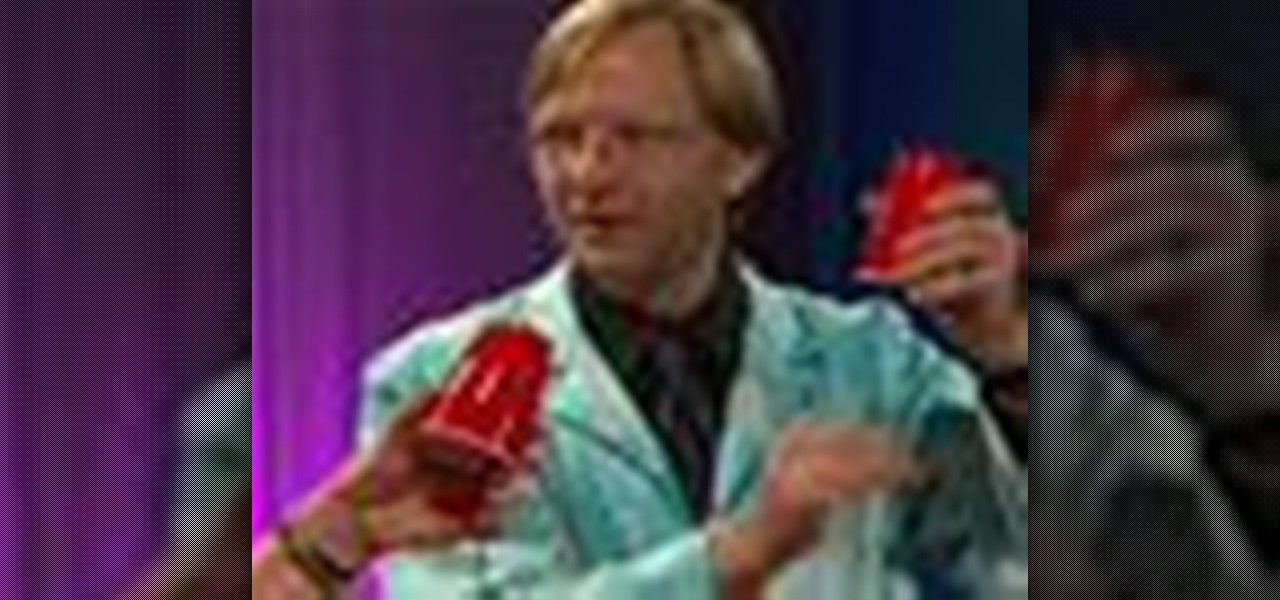
How To: Make a cup that sounds like a chicken
It Really Sounds Like a Chicken! Have fun with your friends and family when you build this little device that sounds just like a chicken. This is also a great example of how sounding boards work. The cup makes the vibrations louder while the wet paper towel provides friction to create the sound.
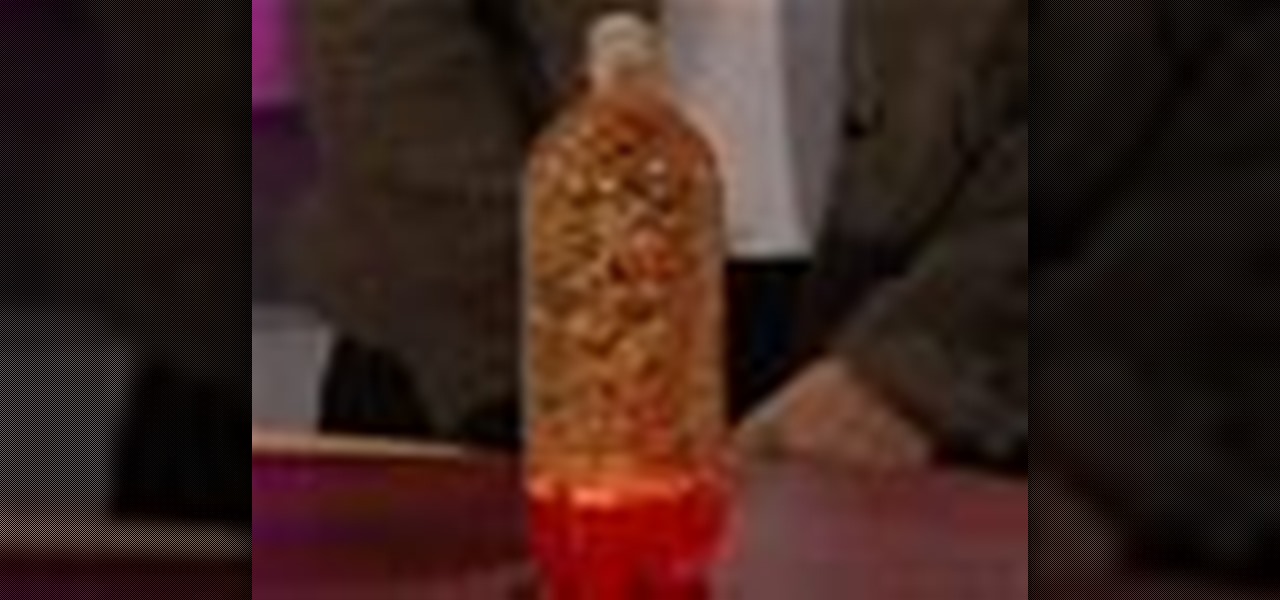
How To: Make blobs in a bottle with a Lava Lamp effect
The World's Easiest Lava Lamp! This is an easy, fun science activity that is great for any age. In fact, our video crew ended up taking the extra bottles home to show their friends. It is also a great demonstration of liquid density, the release of gases in a chemical reaction, acids and bases, intermolecular polarity, and well, just plain science coolness.
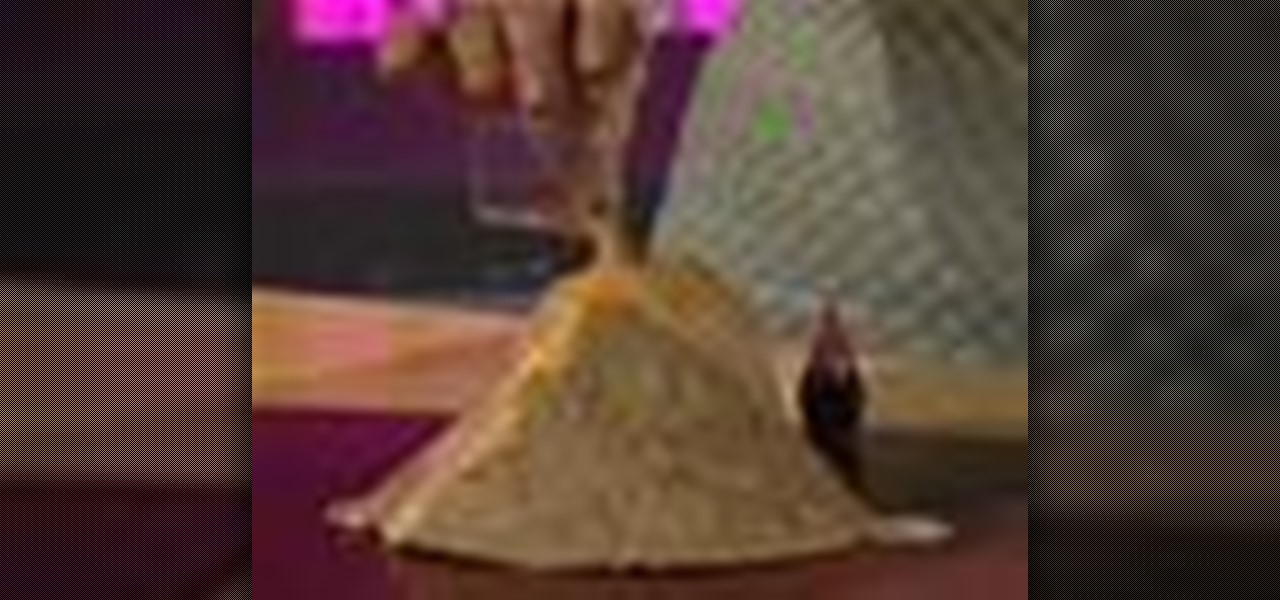
How To: Make a classic science experiment volcano project
Make Your Own Erupting Volcano!

How To: Make an amazing floating static orb
Learn how to make this spooky, amazing floating static orb. This is so simple, and so cool. It uses static electricity to make a tinsel orb levitate above a PVC pipe. We've gotten the orb to float for over 10 minutes. We just discovered you can use a regular balloon instead of the PVC pipe, but we like the pipe best. Watch the video, and then make your own!
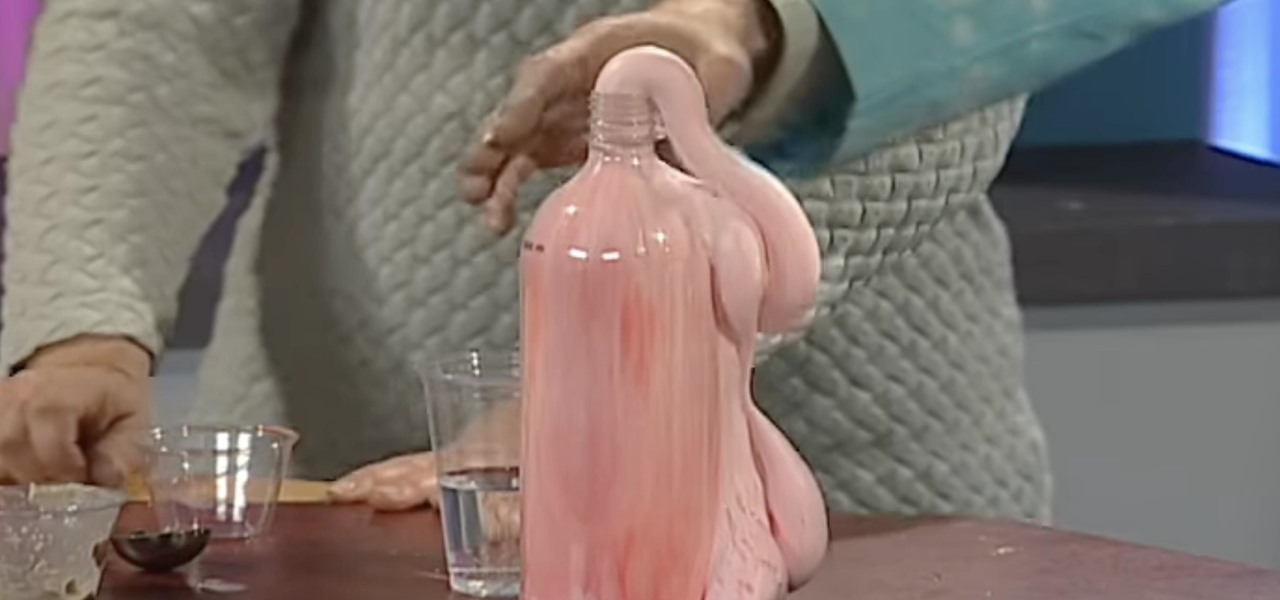
How To: Make a Crazy Foam Explosion Science Experiment
Check out this video to see our Fantastic Foamy Fountain in action. The experiment uses Hydrogen peroxide and dry yeast. Hydrogen peroxide is similar to water but has an extra oxygen atom. This makes it more dangerous, and only adults should handle the hydrogen peroxide.

How To: Make duck or fog horn sounds with a straw
Sound Like a Duck or a Fog Horn! All sounds are created by vibrations. You can discover this next time you're out at a fancy restaurant. All you need is that straw in your soda and a pair of scissors. Makes sure you flatten it out really good to make this work, then make sure you parent tip your server well.
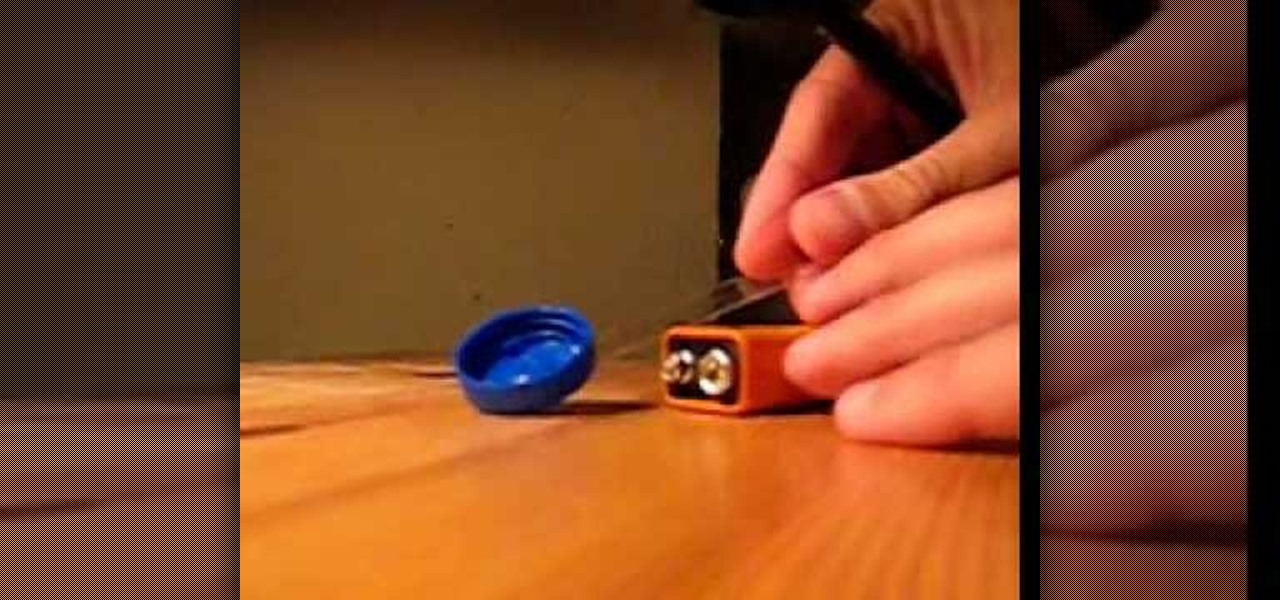
How To: Make extremely simple scales with a 9v battery and cap
Watch this video tutorial to see how to make extremely simple scales. This scale is useful when you want to weigh small portions of a substance (like a few grams of powder). It is difficult to get real weight using these scales though. To make this homemade scale, you'll need a plastic bottle cap, a plastic bottle or box, a 9v battery, clear sticky tape, glue for the plastic (epoxy or fast-hardeneing), scissors and a screwdriver.



